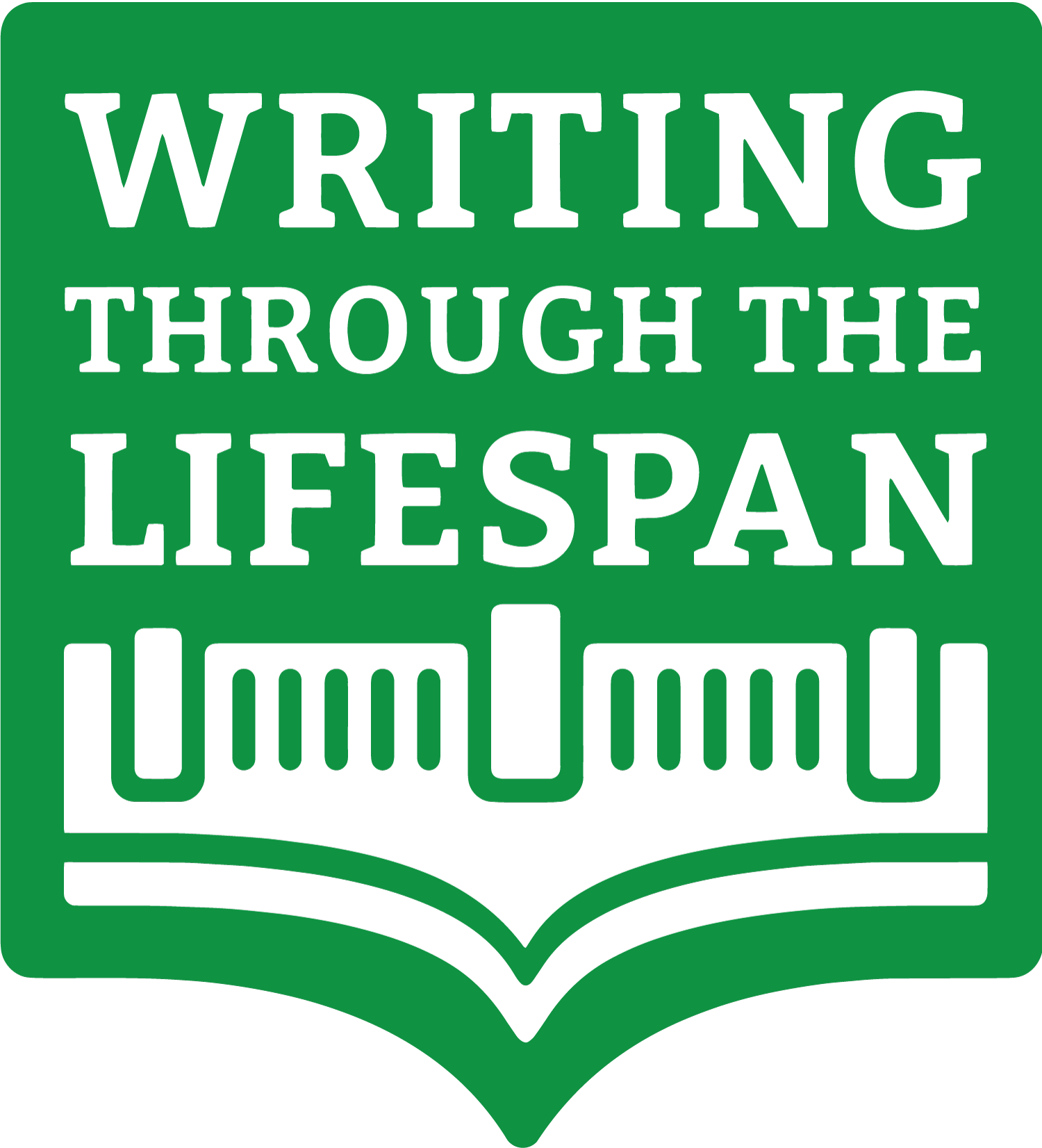Melissa Bugdal, Salisbury University
In “Towards an Understanding of Writing Development Across the Lifespan,” Charles Bazerman et al. lay out eight principles to consider for lifespan writing research. Principle 2, “writing development is complex because writing is complex,” and Principle 3, “writing development is variable; there is no single path and no single endpoint,” resonate the most with me in this current point in my own writing development for multiple reasons. First, I recently finished my dissertation, and I currently find myself experiencing the transition from graduate student to assistant professor, and I’ve certainly experienced variability in my own development as a writer across graduate school and professional genres. Second, my dissertation project itself focused on following six first generation undergraduate student writers as they made their way from a basic writing course in a summer bridge program to disciplinary writing in and beyond their majors. This two-year project was the first step in a bigger longitudinal study (4+ years), following these students through their writing experiences at a large public research institution, and two community colleges.
I purposely defined writing broadly from the start of my dissertation project, which has prompted my participants to report on everything from research essays to lab reports and business memos, to sustained in-class writing, such as midterm and final essay exams. The six participants reported genres of sustained writing in 53-71% of their courses. Across all six students (a total of 92 courses), participants reported writing in 55 courses, an overall writing frequency of almost 60%.
An overarching question from the start of my project has been to determine what aspects of writing that students learned in the basic writing course have proven durable across other courses and time, and Bazerman et al.’s principles of writing development, especially the two noted above, have been reiterated to me repeatedly throughout my data analysis. Each student’s past writing experiences are unique to their individual lived experiences both within and outside the classroom, and the writing experiences unfolding in real time are equally unique given the variety of participants’ individualized experiences with writing, multilingual backgrounds, and the writing genres they each encounter in general education courses and courses required for their majors.
However, questions surrounding knowledge transfer aren’t new. Since early in the twentieth century, academics have been theorizing if, when, and how knowledge transfers to new contexts. The National Research Council’s publication How People Learn, defines transfer broadly “as a dynamic process that requires learners to actively choose and evaluate strategies, consider resources, and receive feedback” (66). David N. Perkins and Gavriel Salomon argue, “transfer is a key concept in education and learning theory because most forma education aspires to transfer,” and so “the ends of education are not achieved unless transfer occurs” (3). With the rise of Writing Across the Curriculum (WAC) and Writing in the Disciplines (WID), compositionists have turned anew to studies of transfer to better understand what writing knowledge transfers and how it might be achieved in new situations, especially within WAC/WID frameworks, course sequences, and pedagogical approaches. Recent theories emerging from the Teaching for Transfer (TFT) pedagogical model (Yancey, Taczak, and Robertson) in First-Year Composition courses suggest that when incorporating certain key terms and strategies into the teaching of writing early in a students’ college career—particularly ones related to rhetoric and metacognition—students may transfer writing knowledge and skills more effectively.
But an interesting component of the complex web of writing knowledge, growth, development, learning, and transfer that is currently understudied is the role peers play in facilitating writing knowledge transfer. The six students in my study received additional writing support in the form of a writing center course-embedded writing fellow in their basic writing course. Three of the six students had this same model of course-embedded peer writing support in their First-Year Writing courses. At every interview, I have asked participants about particular takeaways they recall from their basic writing and First-Year Writing courses that they have found useful in their current writing. I’ve also asked about particular takeaways they recall from working with their fellows (interactions occurred both in-class and in 50-minute, mandatory weekly small group meetings led by the fellows). Interestingly, all participants reported complementary yet distinct takeaways from their fellows sessions compared to classroom takeaways. Ultimately, participants reported more process-oriented features as durable from basic writing and First-Year Writing, while they reported more rhetorically-based features as durable from the fellows sessions associated with these courses. Participants often explained that it was the additional space and time, as well as the ability to talk more informally with each other and their fellow to process information about these new rhetorical features that allowed for these distinct takeaways from fellows sessions.
As somebody who has worked in writing centers since I was a sophomore in college, I’ve always strongly believed in the role of peer-to-peer interactions, but this project has helped me see just how important those peer-to-peer interactions might be as part of writing development and transfer. It’s an ongoing question in my research, and certainly adds to the principles of complexity and variability of writing noted by Bazerman et al. Last month, I concluded a third year of interviews with my study participants, and they continued to note specific writing lessons and strategies learned from their course-embedded writing fellows, further suggesting that peer interaction plays a durable role in writing development and transfer.
References
Bransford, John D., James W. Pellegrino, and M. Suzanne Donovan, eds. How People Learn: Brain, Mind, Experience, and School, Expanded Edition. Washington, DC: National Academy Press, 2000.
Perkins, Gavriel, and David N. Salomon. “Teaching for Transfer.” Educational Leadership vol. 46, no. 1, 1989, pp. 22-32.
Perkins, Gavriel, and David N. Salomon. “The Science and Art of Transfer.” 2007.
Perkins, Gavriel, and David N. Salomon. “Transfer of Learning.” International Encyclopedia of Education. 2nd ed. 1992.
Yancey, Kathleen Blake, Liane Robertson, and Kara Taczak. Writing across Contexts: Transfer, Composition, and Sites of Writing. Utah State UP, 2014.

